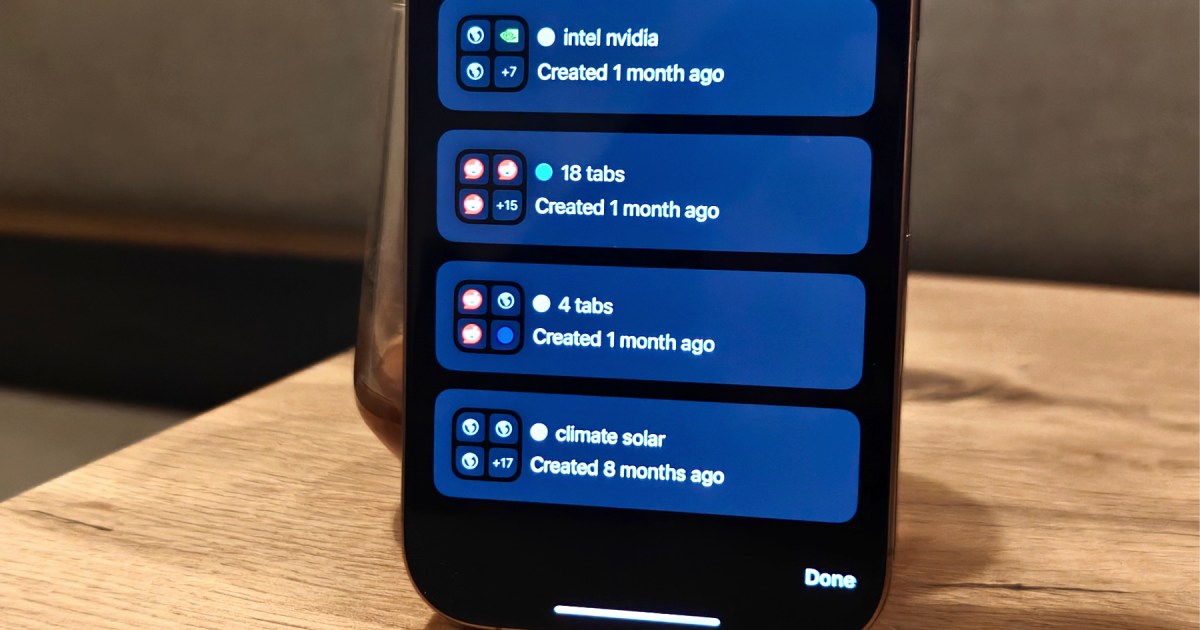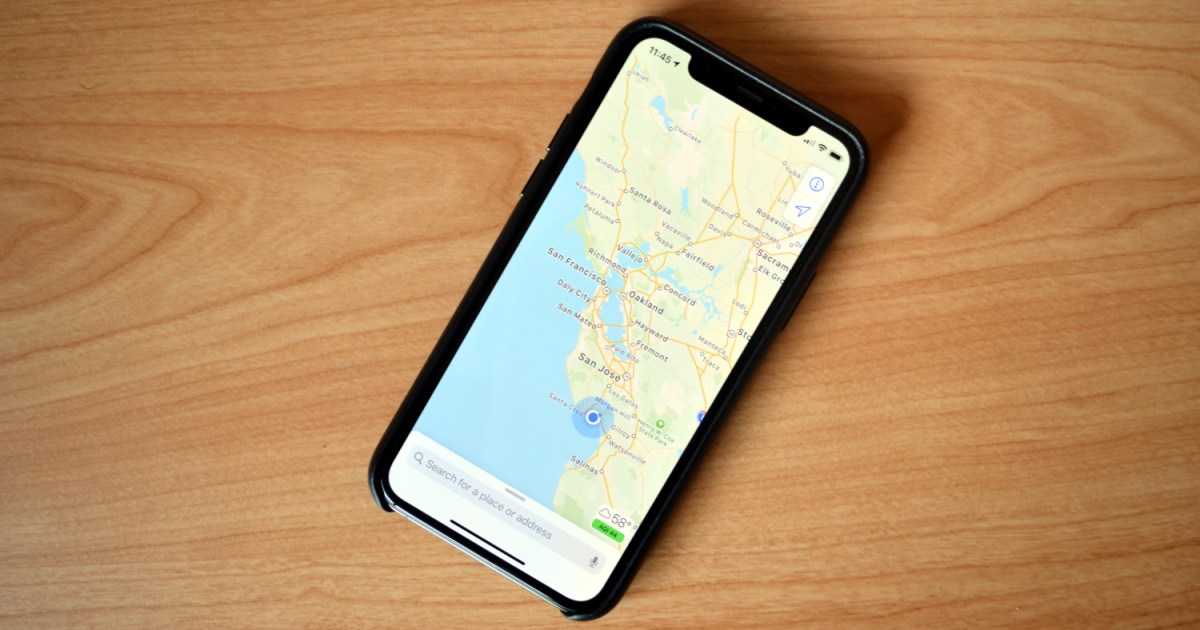Google quietly rolled out synced tab groups for Chrome, a feature announced in September last year, allowing users to access their grouped tabs across desktop and mobile devices. While seemingly a boon for productivity, the implementation is marred by significant issues and user frustration.
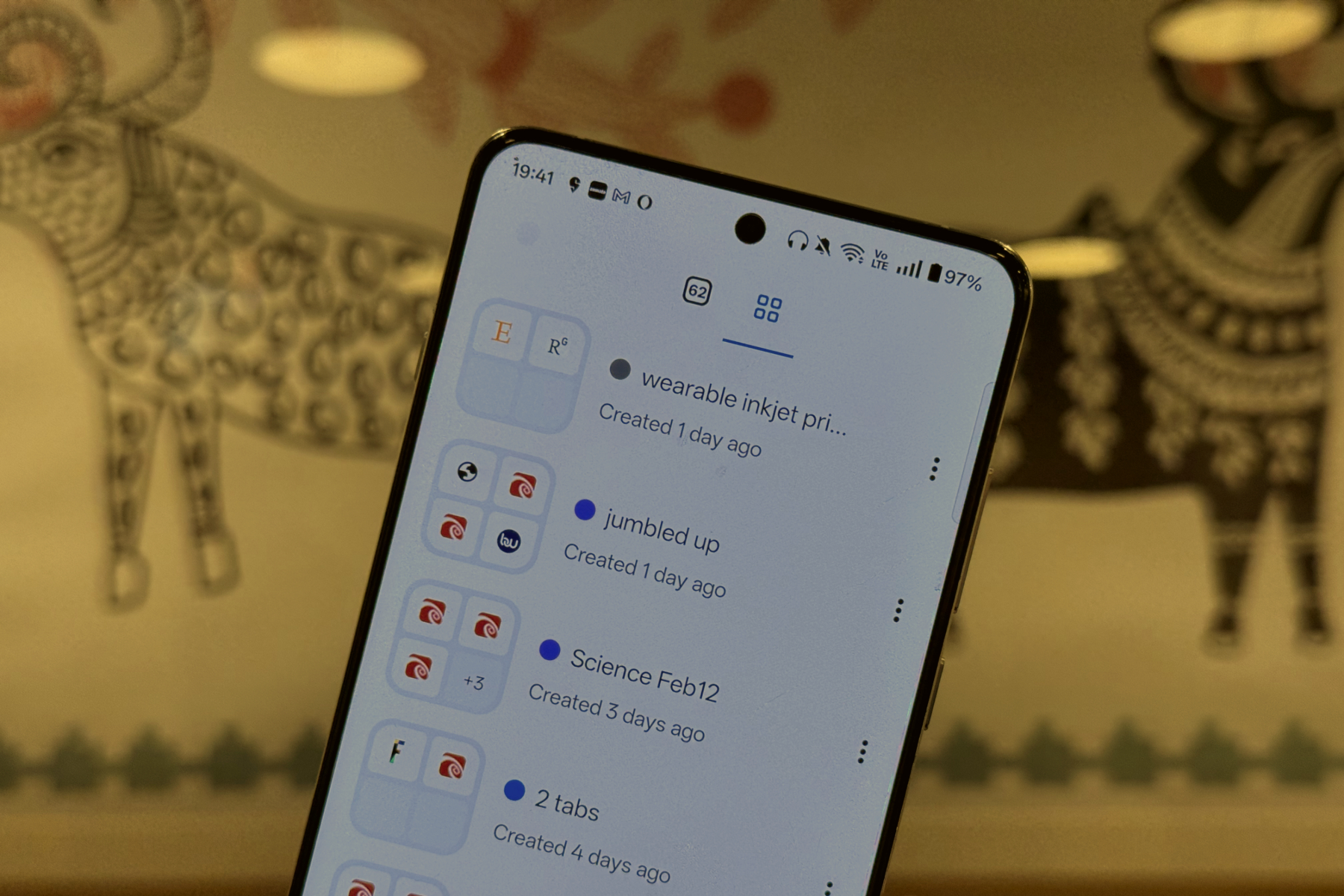 alt text: Synced Chrome tab groups displayed on an OnePlus 13 phone.
alt text: Synced Chrome tab groups displayed on an OnePlus 13 phone.
From Convenience to Chaos: The Synced Tab Groups Experience
The feature is accessible via a new icon in the mobile tab switcher, displaying grouped tabs with their designated color codes. This functionality has also arrived on iOS, with Chrome v133.0.6943.33 enabling tab grouping and sync support.
For workflows starting on mobile, like news gathering and research, this feature initially appears useful. Categorizing tabs into groups like “science,” “AI,” or “computing” allows for easy sharing with teams later on desktop. Similarly, saving articles, videos, or memes for later consumption becomes streamlined with cross-device access.
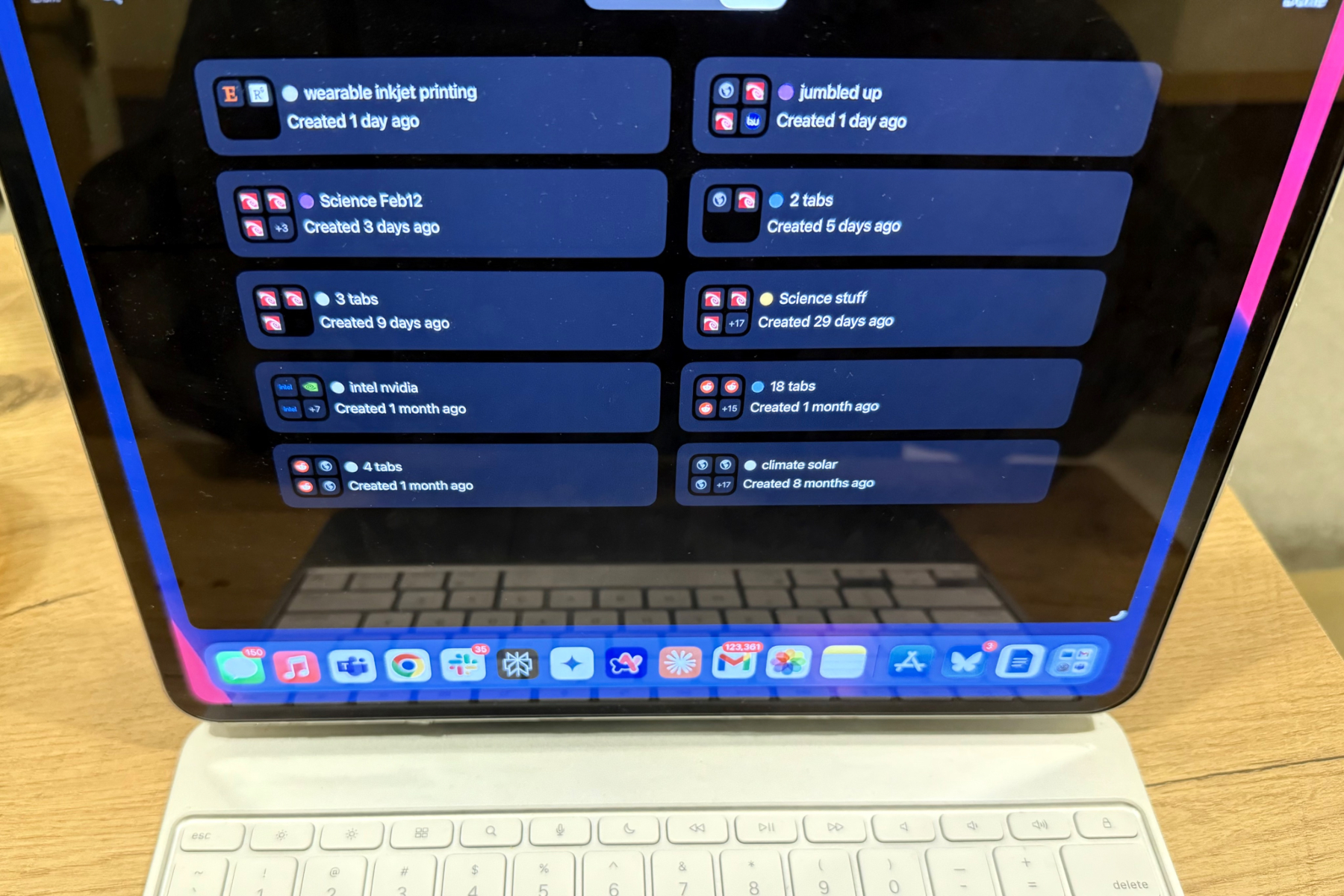 alt text: Synced Chrome tab groups displayed in a two-column format on an iPad.
alt text: Synced Chrome tab groups displayed in a two-column format on an iPad.
However, the implementation is far from perfect. Initial testing revealed that enabling synced tabs on an iPad Pro resulted in all 82 synced tabs opening automatically in a single, ungrouped window, consuming excessive resources.
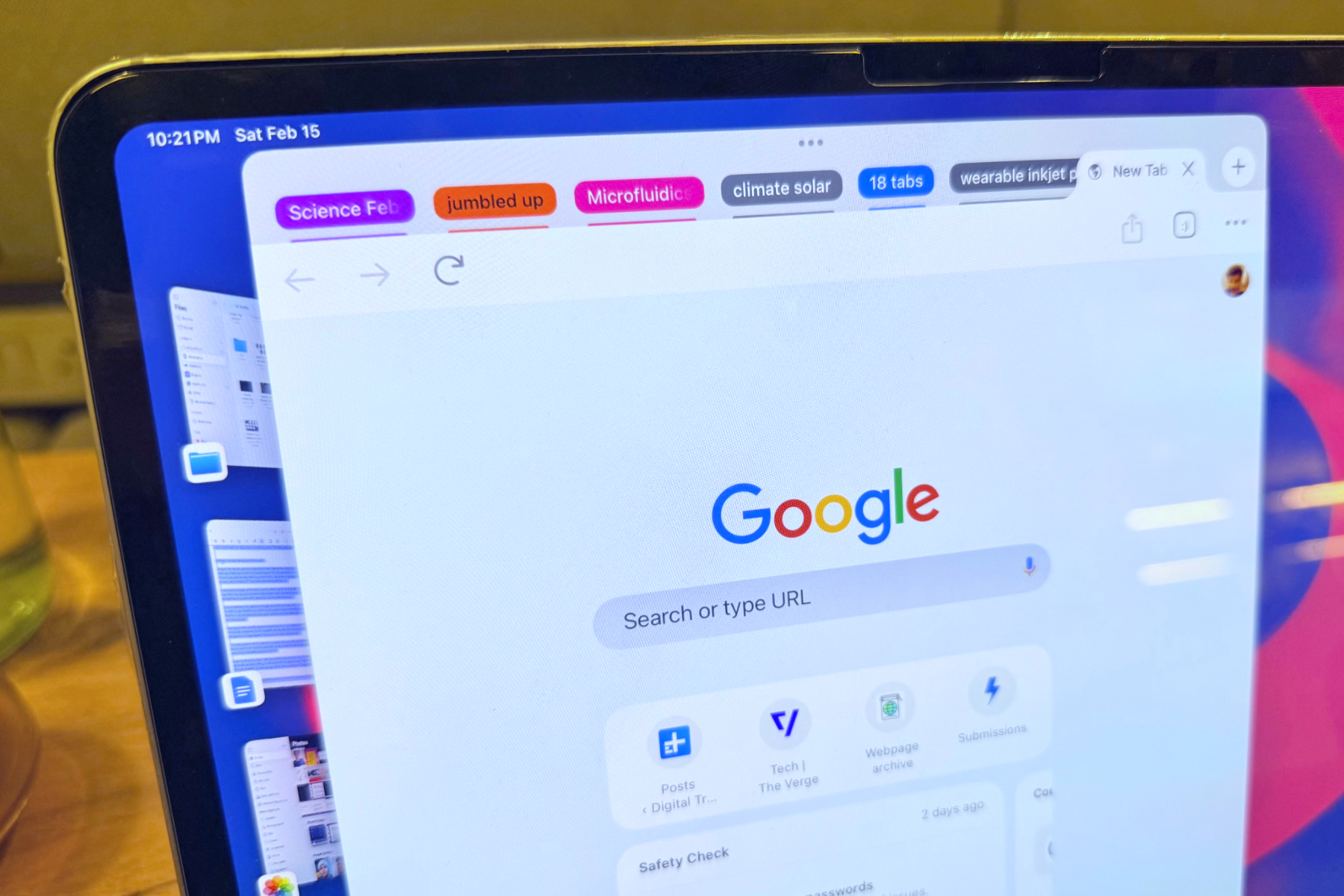 alt text: A view of numerous synced Chrome tab groups displayed on an iPad.
alt text: A view of numerous synced Chrome tab groups displayed on an iPad.
User Backlash and Technical Difficulties
The biggest issue with synced tab groups is the merging of personal and professional browsing. Users with work-heavy Chrome usage find the unified tab list overwhelming. Many have voiced their frustration online, describing the feature as “annoying” and “dumb.”
Beyond the user experience, the underlying functionality appears flawed. Reports of lost tab groups after disabling sync, randomly disappearing tabs, tabs opening to blank pages, duplicate tab groups, and difficulties disabling the feature altogether are rampant across online forums.
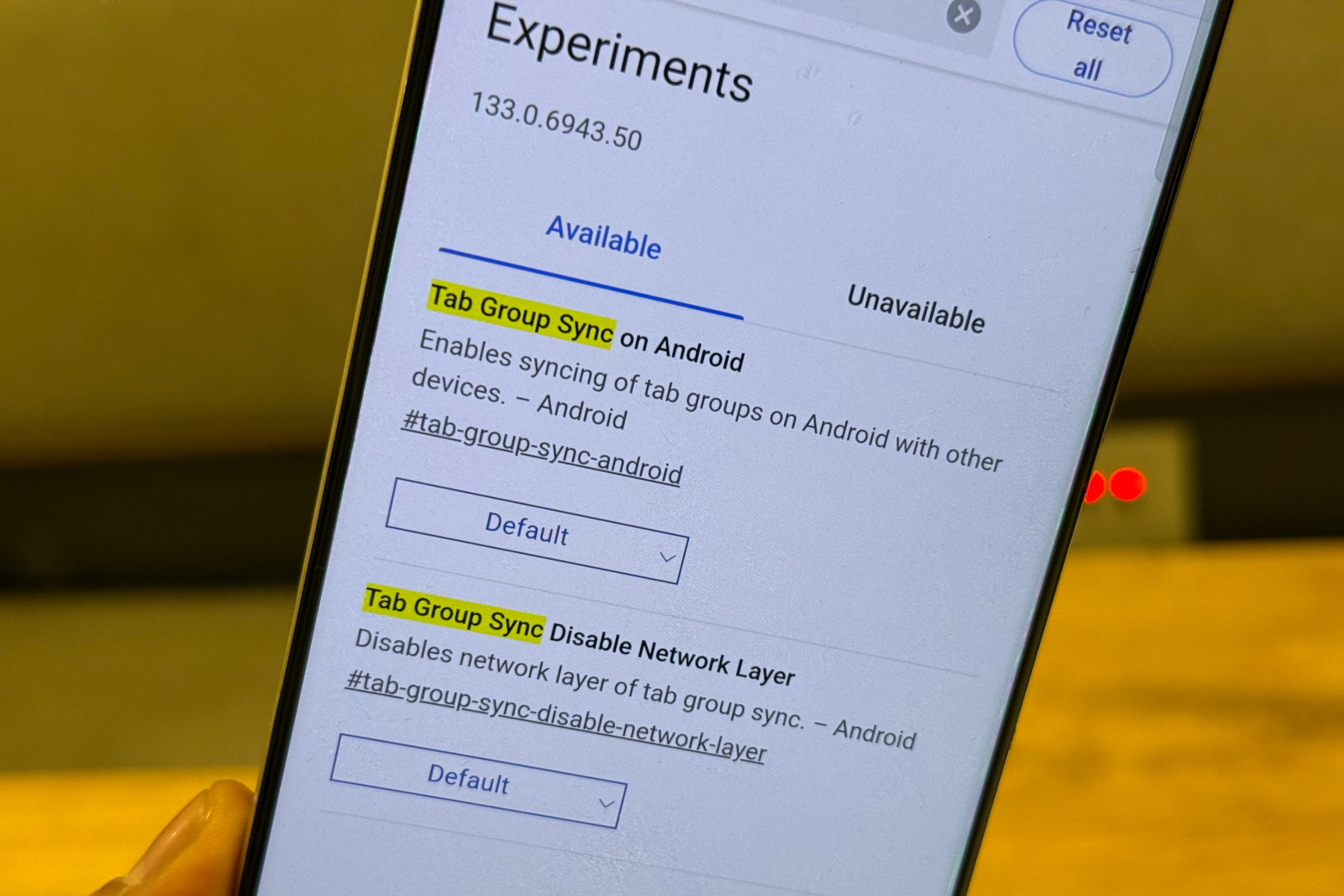 alt text: A screenshot of the Chrome flag used to enable tab group syncing on Android.
alt text: A screenshot of the Chrome flag used to enable tab group syncing on Android.
One user lamented the time spent recreating lost tab groups and links. Even customizing sync behavior to separate mobile and desktop tabs seems ineffective, with users still seeing synced groups across devices. Disabling the feature often requires manipulating Chrome flags, a process unfamiliar to most users.
Furthermore, synced tabs can be resource-intensive and prone to displaying blank pages, further hindering productivity. Inconsistencies also exist between devices; while the iPhone version enables tab groups automatically, the iPad Pro requires enabling a Chrome flag, despite both running the same stable build.
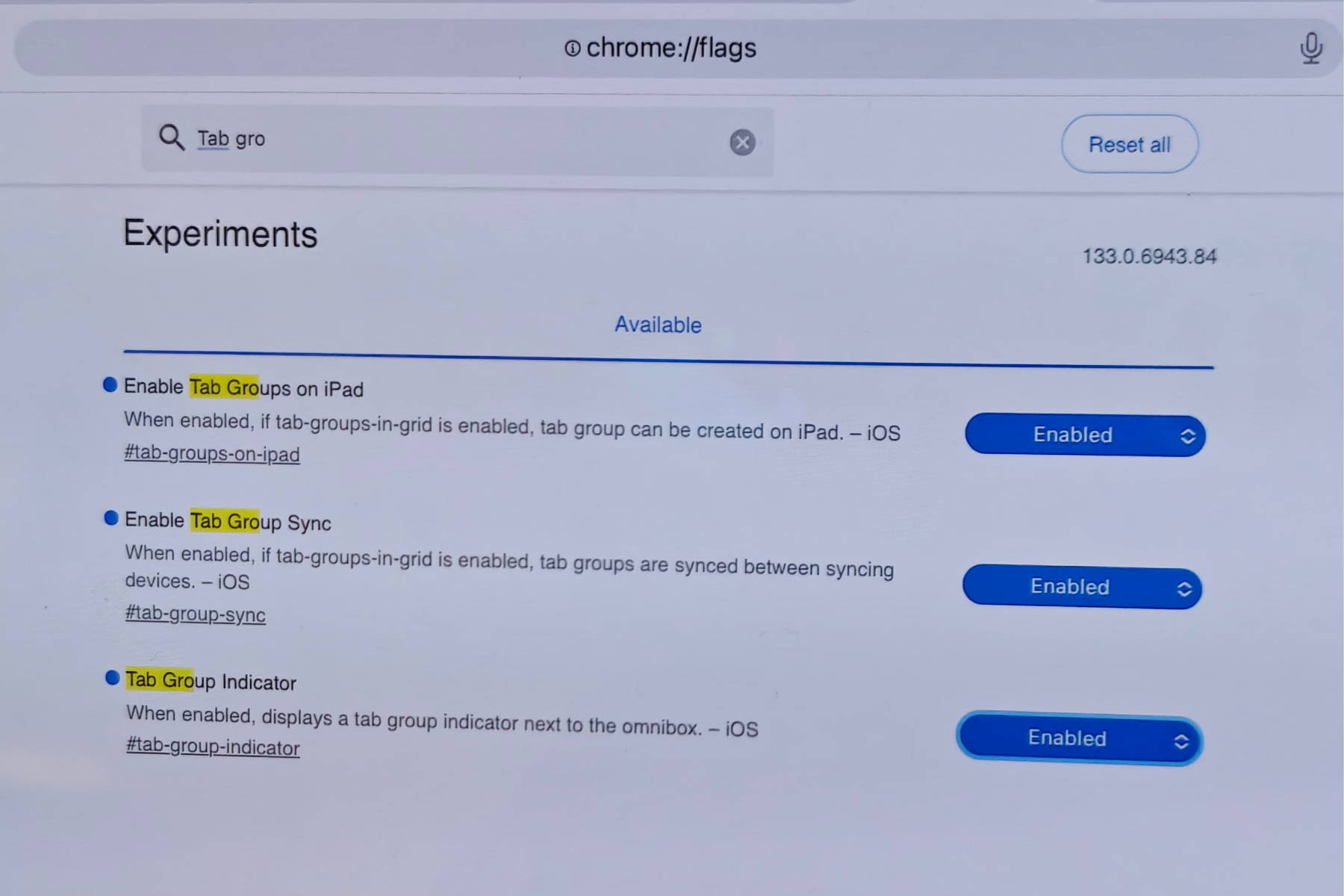 alt text: A screenshot of the Chrome flag used to enable tab group syncing on iPadOS.
alt text: A screenshot of the Chrome flag used to enable tab group syncing on iPadOS.
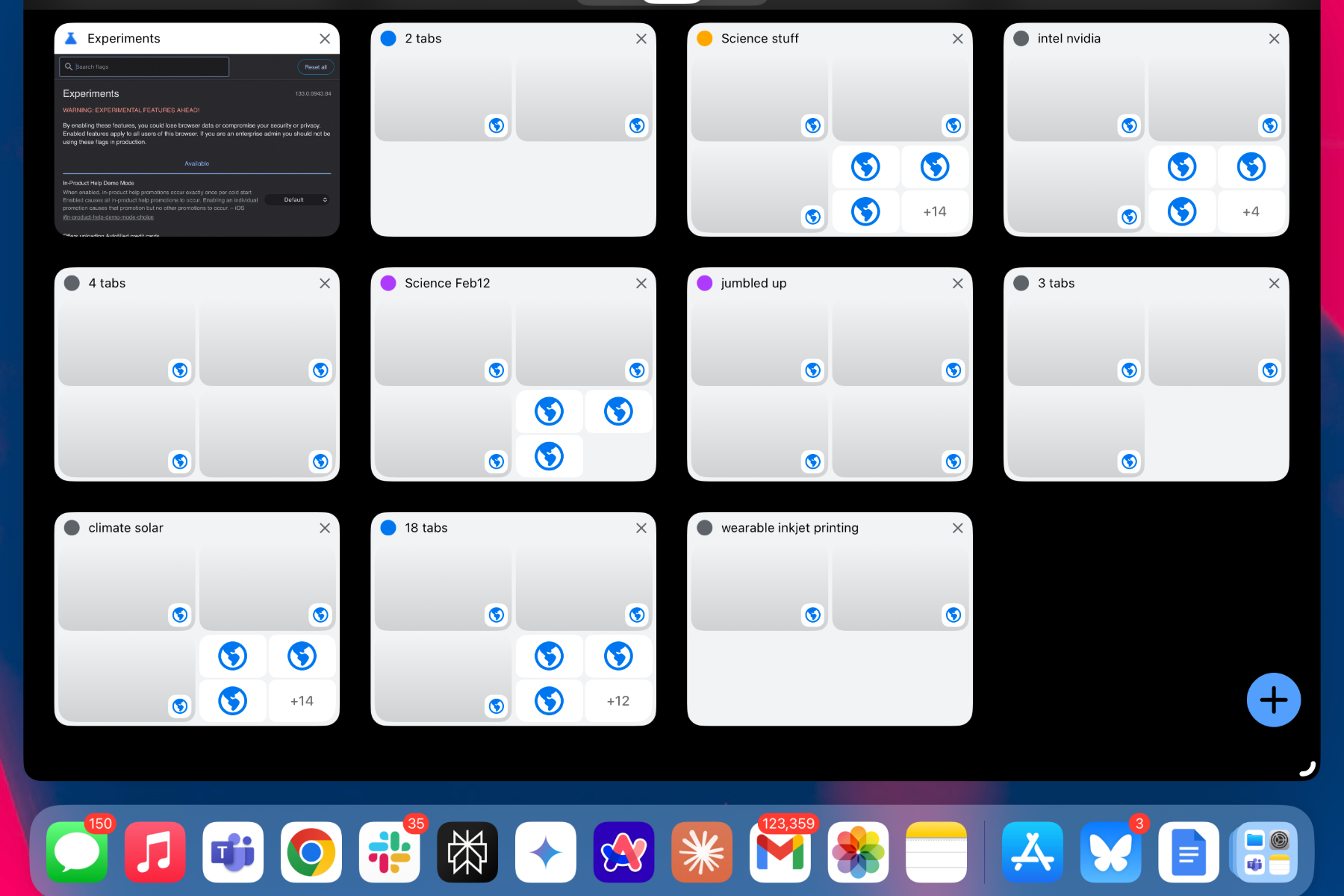 alt text: A screenshot of blank, loading Chrome tab groups on an iPad.
alt text: A screenshot of blank, loading Chrome tab groups on an iPad.
Edge’s Alternative: Not a Seamless Solution
Alternatives like Microsoft Edge offer tab syncing but lack seamless tab group syncing between mobile and desktop. While Edge’s “Collections” feature offers some similar functionality, it requires manual addition of tabs and syncing, making it a cumbersome workaround. Finding the equivalent flag in Edge for tab group syncing, while possible, highlights the reliance on experimental features for basic functionality.
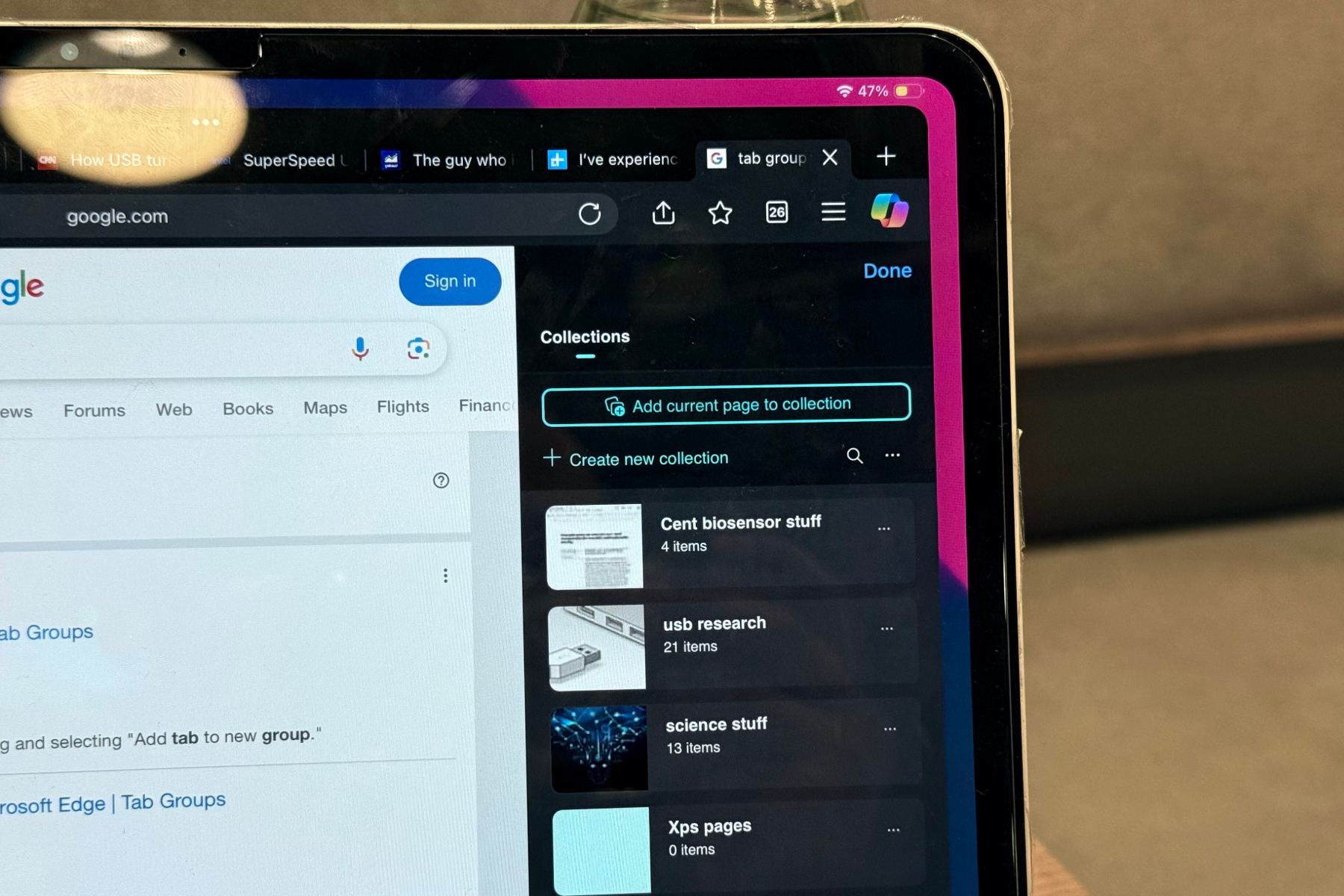 alt text: A screenshot of the tab collection syncing system in the Edge browser.
alt text: A screenshot of the tab collection syncing system in the Edge browser.
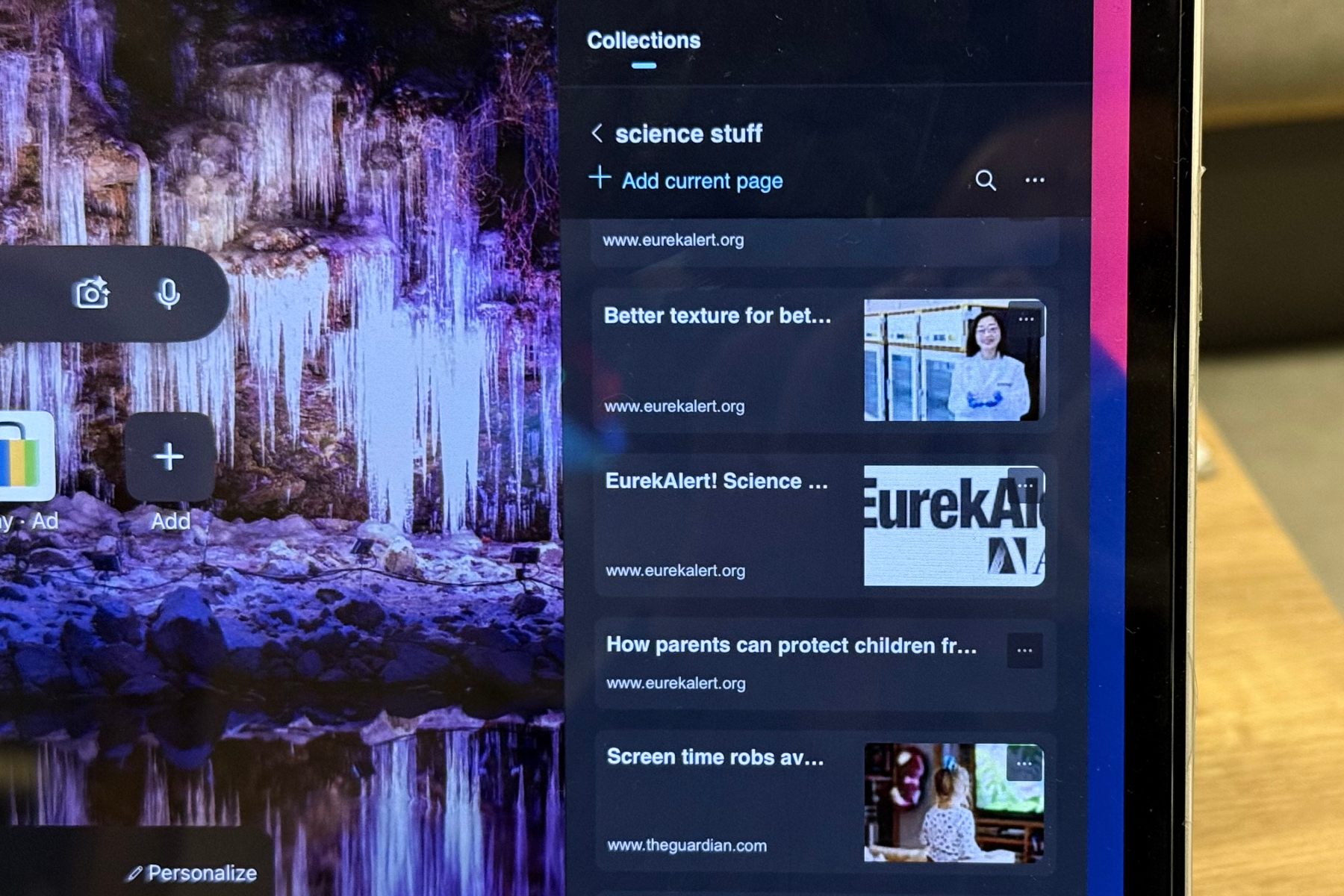 alt text: A screenshot of synced tab collections in the Edge browser.
alt text: A screenshot of synced tab collections in the Edge browser.
A Promising Feature Hampered by Implementation
Despite the potential for enhanced productivity, Chrome’s synced tab groups feature, in its current state, presents significant usability challenges and technical issues. The frustrating user experience, coupled with the need to navigate experimental settings, makes this feature more of a hindrance than a help for many users. While Chrome remains a polished browser in many aspects, the flawed implementation of synced tab groups leaves much to be desired.



